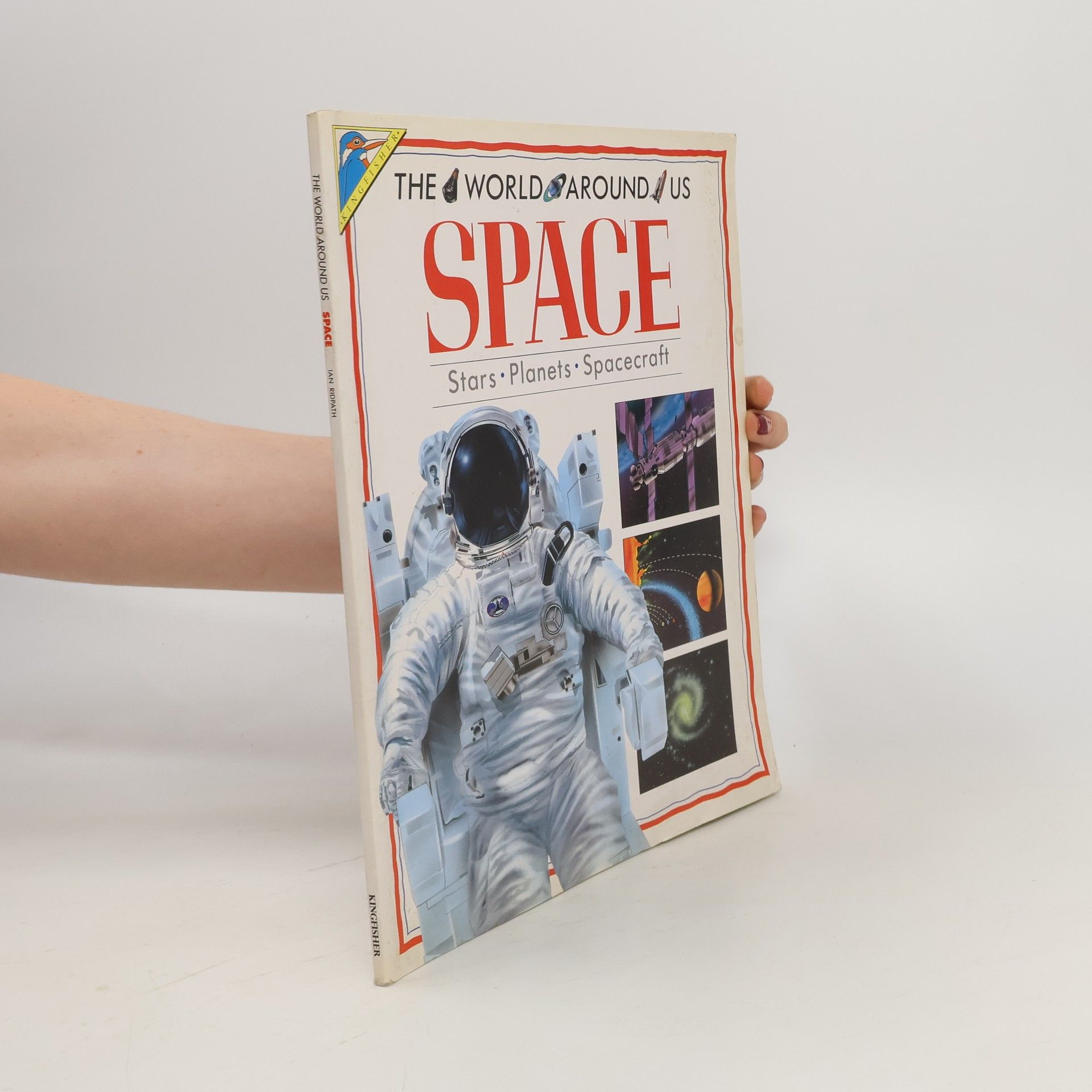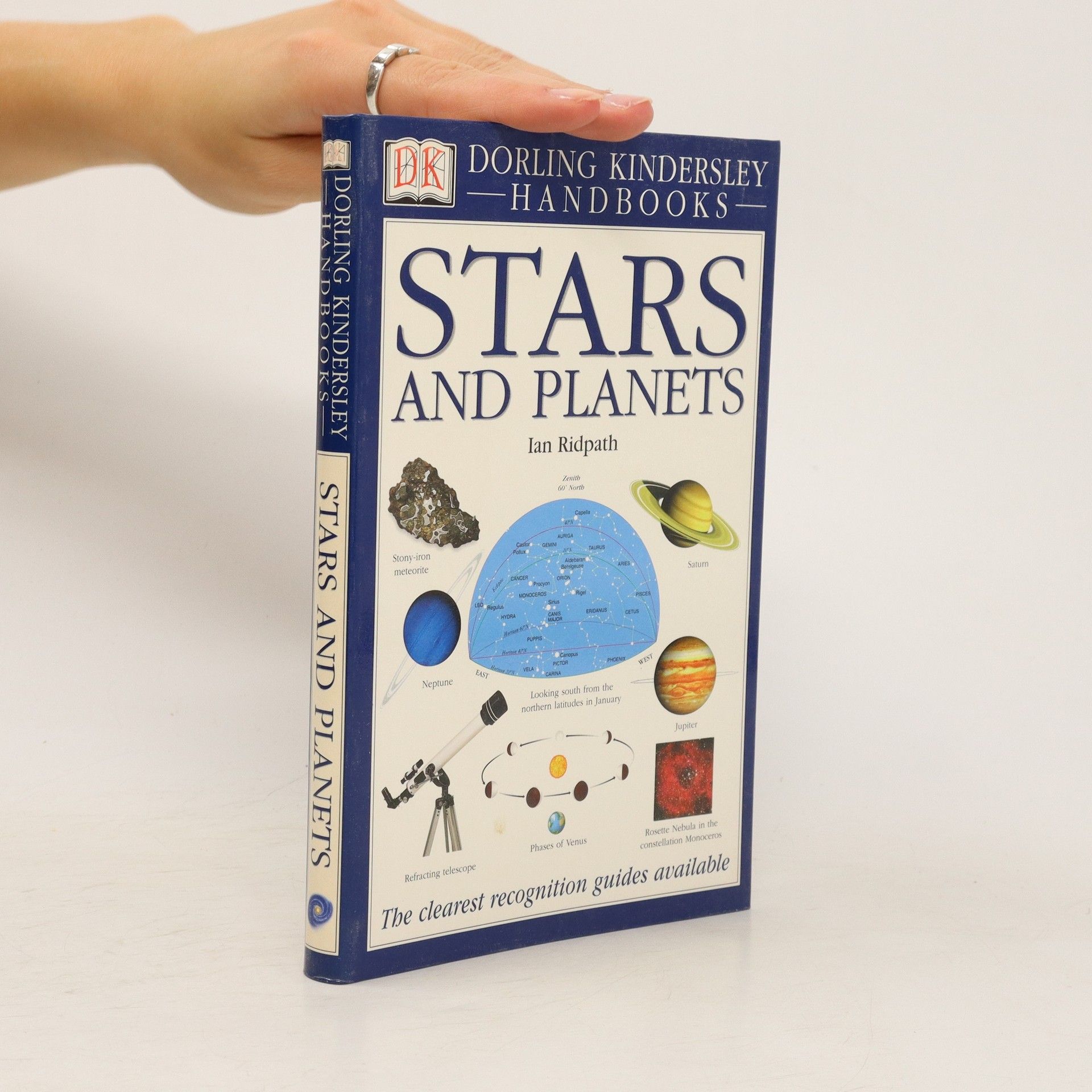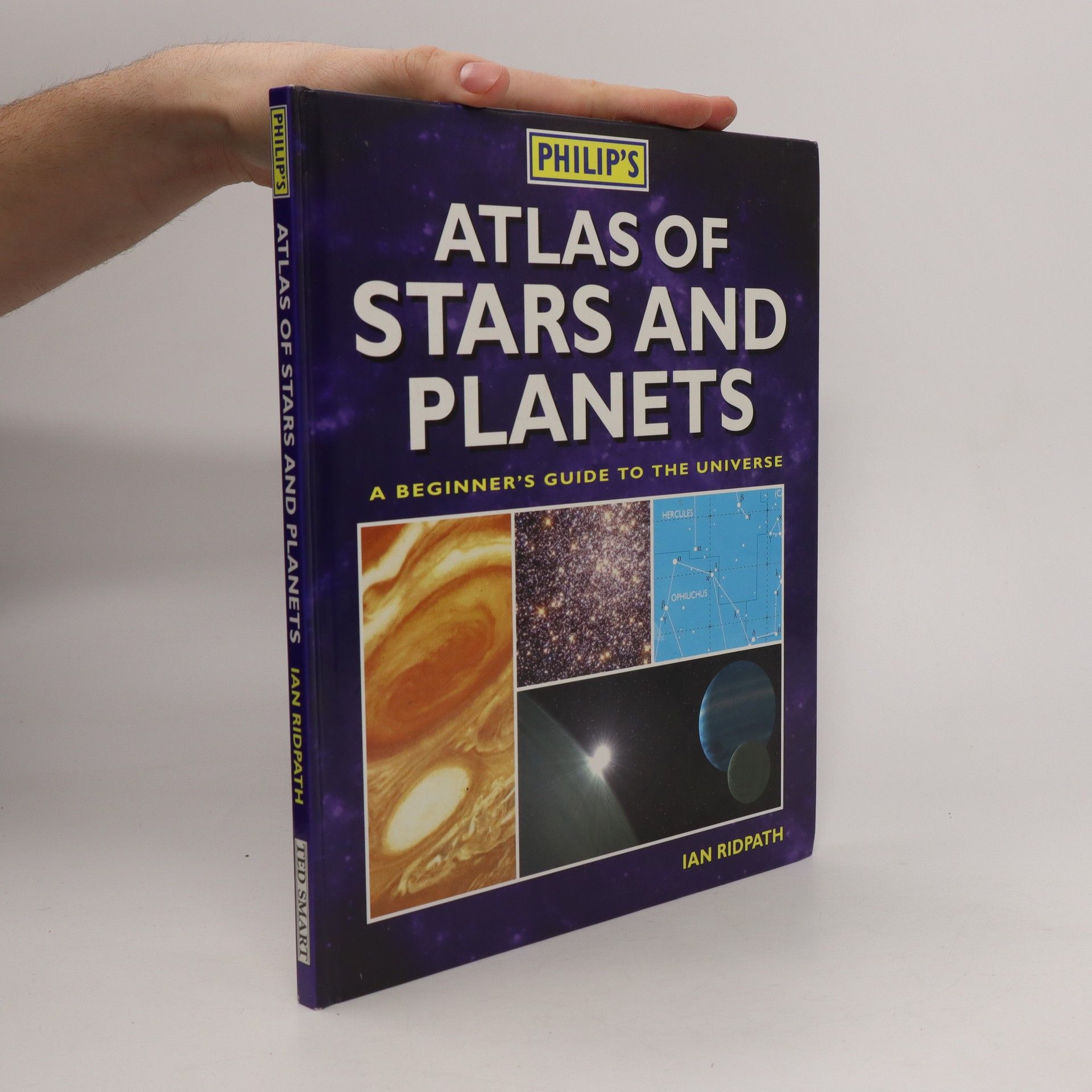Stelle e pianeti
Guida fotografica del cielo notturno visto da ogni angolo della terra
- 224pagine
- 8 ore di lettura
Una guida naturalistica chiarissima e dettagliata all'osservazione del cielo notturno. Il volume contiene la descrizione completa di tutte le costellazioni con carte stellari e mappe celesti che mostrano, mese dopo mese, quello che si può vedere nei due emisferi. Inoltre splendide fotografie con la descrizione dei principali pianeti e satelliti del Sistema Solare. Bella e di facile consultazione, questa guida con più di 700 illustrazioni costituisce un atlante completo del cielo, essenziale per gli appassionati di ogni età.









